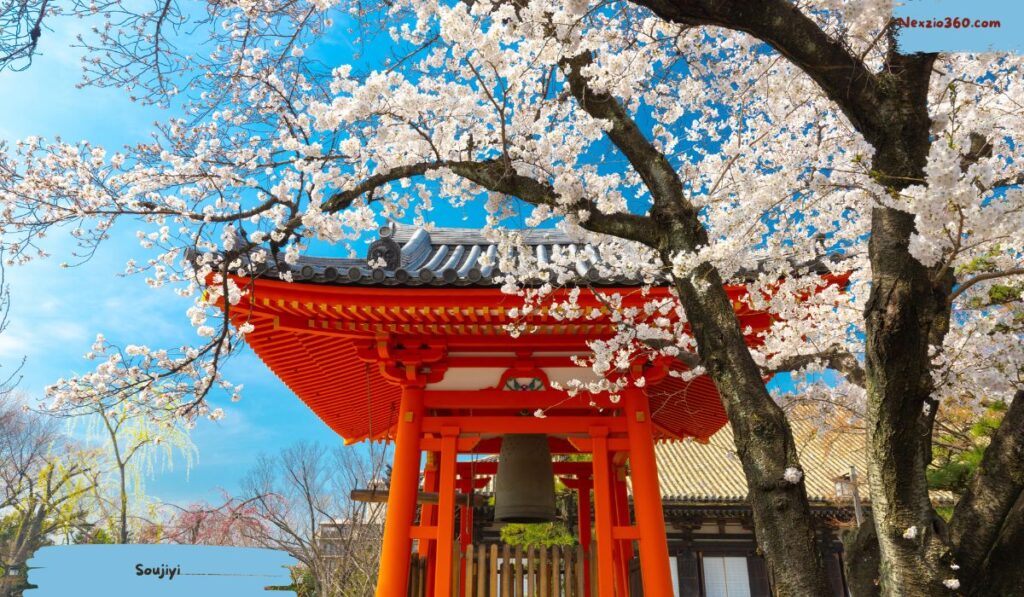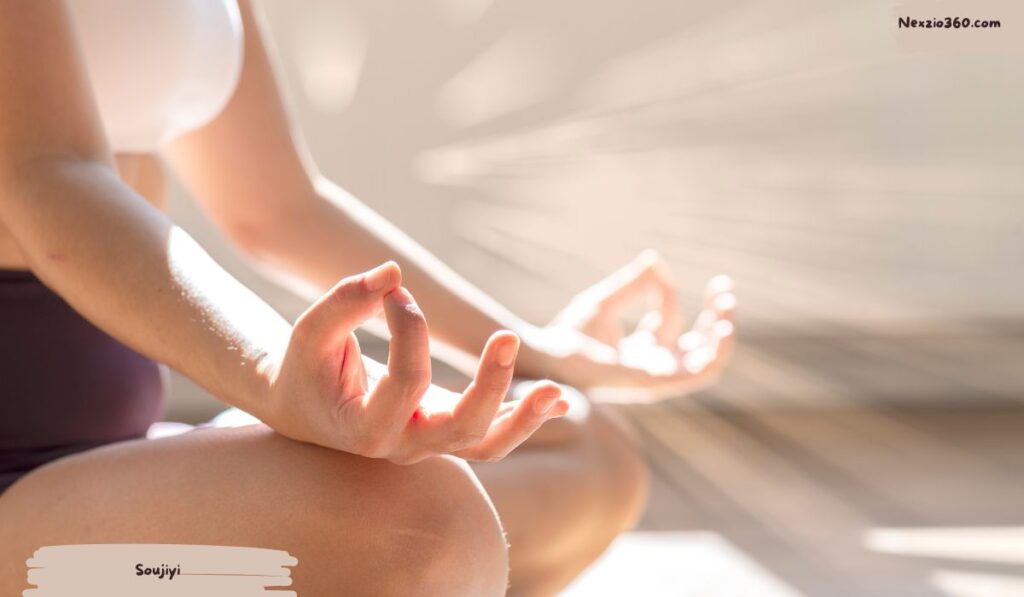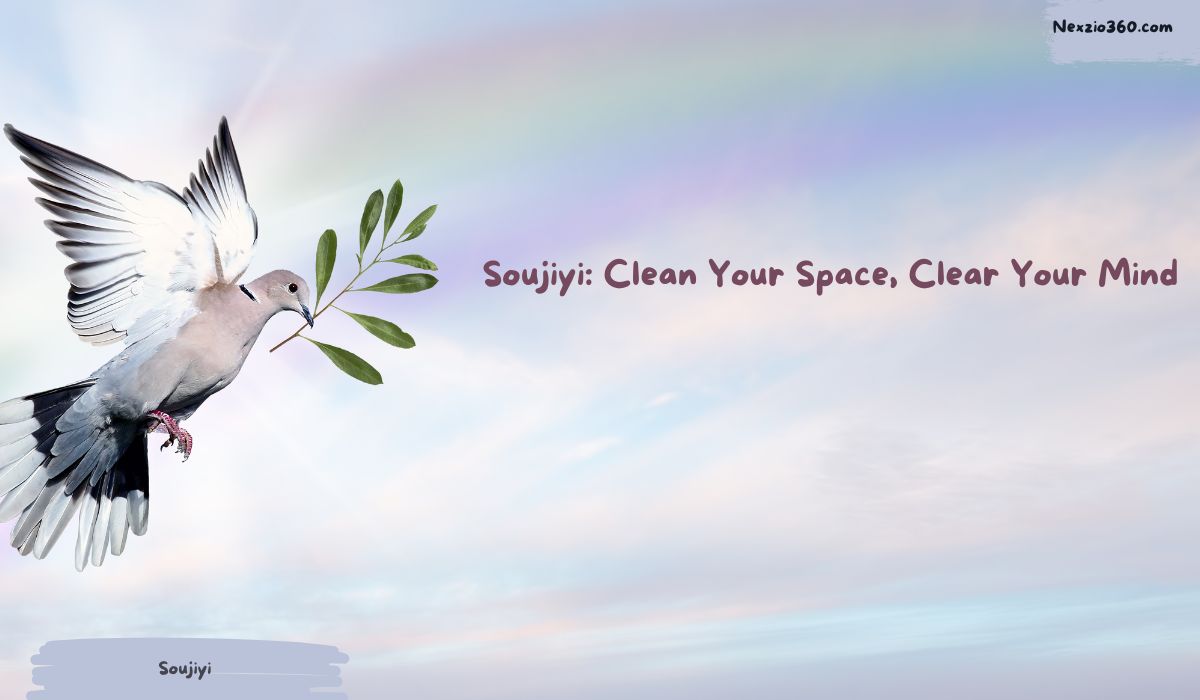Soujiyi, It is an ancient Japanese practice, emphasizes physical, mental, and spiritual harmony through cleaning and organization. Rooted in Shinto and Buddhist traditions, it views cleanliness as a spiritual endeavor, aiming to cultivate a peaceful living environment. In this article, we’ll explore the origins, principles, techniques, and benefits of soujiyi, as well as how to incorporate this practice into modern life.
What is Soujiyi?
It is a Japanese term that combines “souji,” meaning cleaning, and “gi,” which refers to ritual or ceremony. At its core, soujiyi treats cleaning as a meditative activity designed to purify physical spaces and the emotional states of those who practice it. This holistic approach nurtures both the environment and the mind.
Read Also: Church of the Highlands Exposed Inside the Growth & Leadership
The History of Soujiyi

The roots of this technique are deeply entwined with Japan’s spiritual heritage. In Shintoism, purification rituals are essential for maintaining harmony between the spiritual and material worlds. Cleanliness is viewed as a path to spiritual purity, while dirtiness is seen as an obstacle to connecting with the divine. Similarly, in Zen Buddhism, monks clean temples as a form of meditation, reinforcing the idea that a clean space mirrors a clear mind. These influences have shaped soujiyi into a practice that preserves physical order and cultivates emotional balance.
Core Principles of Soujiyi

- Mindfulness: This requires being fully present during the cleaning process. Each action is performed with intention and attention to detail, making the act of cleaning a meditative experience.
- Respect: Treating the environment and possessions with care is central to soujiyi. This practice promotes an attitude of gratitude toward the space you inhabit and the objects within it.
- Purification: Beyond removing physical dirt, this aims to clear emotional and mental clutter, releasing negative energies and creating a space for positivity and calm.
- Simplicity: Embracing minimalism, it encourages the removal of unnecessary belongings, decluttering not just your space but also your mind.
Read Also: Pranali Rathod Husband Name & Stunning Fitness Transformation
Soujiyi Cleaning Techniques
This encompasses specific techniques that enhance the cleaning experience:
- Decluttering: Identify and remove items that no longer serve a purpose. This practice encourages minimalism, fostering a clutter-free environment conducive to mental peace.
- Mindful Sweeping: A traditional soujiyi technique, sweeping involves focusing on your breath and hand movements with each stroke. This connects the physical act with a calming rhythm, promoting mindfulness.
- Zoning: Divide your living space into zones, cleaning one area at a time. This ensures each zone receives careful attention and thoughtful consideration.
- Using Traditional Tools: Soujiyi often employs simple, natural cleaning tools like brooms, brushes, and reusable cloths, fostering a deeper connection to the process.
Daily Integration of Soujiyi
Incorporating soujiyi into daily life doesn’t require large-scale cleaning projects. Here’s how to integrate it:
- Morning Rituals: Start each day with a small cleaning act, such as making your bed or wiping down a surface. This simple gesture sets a positive tone for the day.
- Mindful Breaks: Take short breaks throughout the day to clean a small area. These moments of mindful cleaning can refresh your mind and relieve stress.
- Evening Wind-Down: End your day by tidying up a part of your living space. Evening cleaning creates a peaceful environment that encourages relaxation.
Benefits of Practicing Soujiyi

The advantages of soujiyi extend beyond a cleaner home, positively impacting various aspects of life:
- Mental Clarity: An organized space promotes clear thinking, making it easier to focus and be productive.
- Stress Reduction: Mindful cleaning can reduce anxiety by helping you stay present and focused.
- Spiritual Growth: Soujiyi encourages self-reflection and emotional cleansing, allowing practitioners to release negative thoughts.
- Environmental Responsibility: This practice emphasizes eco-friendly tools and methods, aligning with modern sustainability concerns.
Adapting Soujiyi to Modern peridot
While this is rooted in tradition, it can easily adapt to contemporary living. Many incorporate its principles into wellness routines, using it to manage stress and enhance productivity. The focus on minimalism, mindfulness, and respect is especially relevant in today’s fast-paced world, offering a way to restore balance and simplicity.
In modern homes, it extends beyond personal spaces. Some workplaces adopt its principles to promote wellness and productivity, making the act of tidying shared spaces conducive to a focused environment.
Read Also: Babil Khan Age & Everything About the Rising Star
FAQs
How is soujiyi different from regular cleaning?
It is a mindful and spiritual practice that transforms cleaning into a ritual of renewal and mindfulness, focusing on emotional and mental purification.
Can this be practiced in small spaces?
Yes, It can be practiced anywhere. The key is to approach cleaning with intention and mindfulness, maintaining simplicity and harmony.
What tools are commonly used in it?
Common tools include simple, natural cleaning supplies like brooms and reusable cloths, fostering a connection with the cleaning process.
How can I incorporate this into my busy lifestyle?
Start by adding small, mindful cleaning habits into your daily routine. Even a few minutes of intentional tidying each day can make a significant impact.
Conclusion
This offers a pathway to inner peace, clarity, and harmony. By embracing its principles of mindfulness, respect, purification, and simplicity, you can transform your living space into a sanctuary and cultivate a more balanced, meaningful life.












